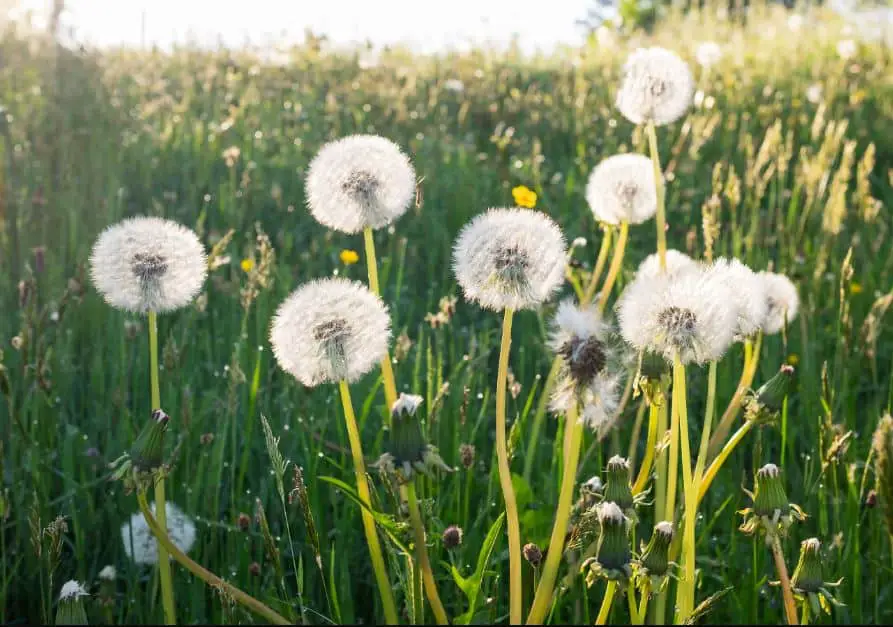How do weeds get to spread? While some permanent weeds produce new growth through runners, most grow from seeds. Reduce the number of weed seeds in your garden if you don’t like weeding as much as this vital gardening task. How long do weed seeds survive in the soil, and what factors affect how long they survive? Let’s check.

Never Let ‘Em Set Seed
Did you realize that each plant of lambs quarter generates 500,000 seeds? It is nothing compared to the two million seeds produced by a single purslane plant. This is why the adage “never let ’em set seed” if you’ve ever heard it. The weed seed bank grows with each seed that a weed scatters onto the garden bed.
The quantity of viable seeds in the soil makes up the seed bank. These weed seeds may be on the ground’s surface or buried far below it. New weed growth is encouraged by the seed bank. Additionally, weed seeds in the seed bank have a long latent period in the ground—years, decades, even millennia.
How Long Do Seeds Last
The oldest seed to ever germinate, a 2,000-year-old date palm seed, holds the record. As proven by the 600-year-old mustard seeds that grew after being discovered in a Danish monastery, mustard seeds have a lengthy lifespan. After 130 years, the moth mullein seeds from a research effort at Michigan State University were still alive.
Fortunately, most weed seeds will not survive long in your garden’s soil. Some species, like common groundsel, have a one-year lifespan. While Canadian thistle seeds may live up to 20 years, Queen Anne’s lace seeds are only viable for a few years. One of the greatest methods to lessen weeds in the garden is to stop additional weed seeds from falling to the ground. Several elements affect how long weed seeds stay viable.
Weed Seed Viability
An embryo, endosperm, and seed coat make up a seed. The embryo represents the young plant. Before a plant is able to do photosynthesis, it needs the energy to develop. This energy is stored in the endosperm. The embryo and endosperm are enclosed and protected by the seed coat.
One aspect that affects how long a seed can survive in the soil is the hardness of the seed coat. Naturally, the stronger the protective barrier a coat offers, the harder it is. A strong seed coat also lowers seed predation by preventing odors from being released. Worms, insects, mice, and birds may all eat seeds since they are a wholesome food supply. These creatures are thought to swallow roughly 50% of seeds.
Other elements that affect the persistence of weed seeds include:
- Depth: Tilling spreads seeds from close to the ground’s surface to further below. The seed will stay viable longer the deeper it is buried. For instance, huge foxtail seeds may remain viable for one to two years close to the surface but up to 39 years when buried far down the earth.
- Dicot vs. monocot: Broadleaf weed seeds often retain their viability longer than grass species. After two to three years, it is unlikely that the seeds of many annual grassy weeds, such as bromegrass, will grow. Some broadleaf weed seeds, such as field bindweed and curly dock, have a lifespan of many decades.
- Species: Only some seeds are designed for sprouting as soon as the circumstances are perfect. Many weed species, such as jointed goatgrass, contain internal mechanisms that delay dormancy. It increases the possibility that the species will survive by allowing some offspring to develop in more favorable settings and having seeds germinating throughout the growing season or even in the following years.
While it might be demoralizing to think that you may have to battle weeds for years to come, cutting down on the number of seeds introduced to seed banks is a smart place to start. Long-lasting seeds close to the surface may be destroyed by solarization, while shallow tilling will result in fewer seeds being brought to the surface.


